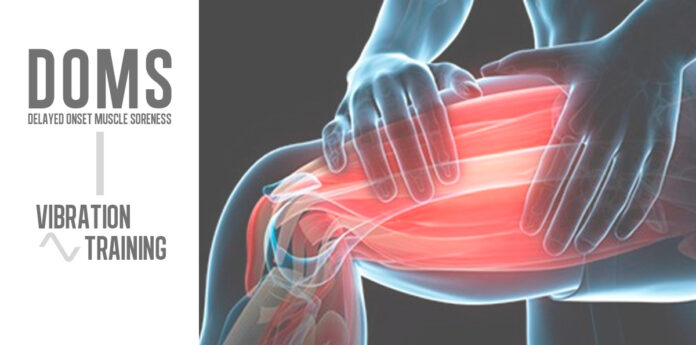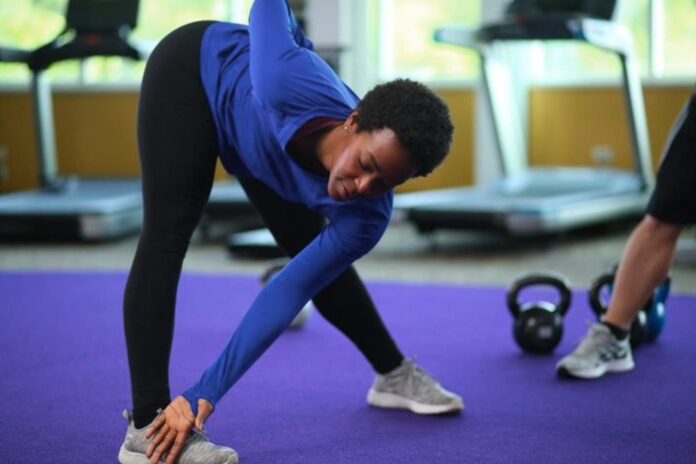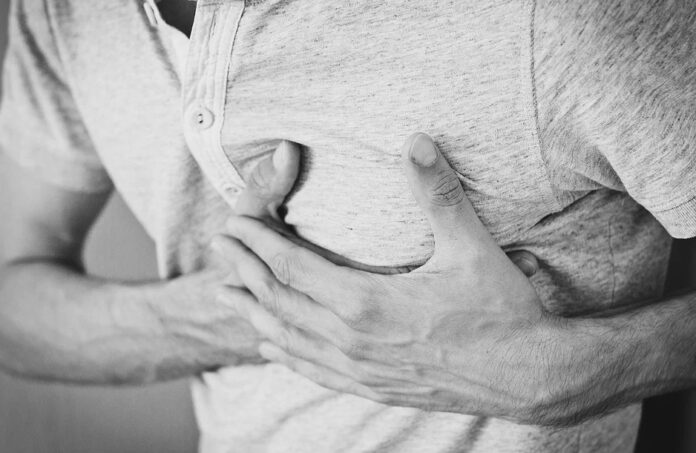Muscle soreness is usually a sign that you’ve done enough physical activity to trigger muscle hypertrophy. However, there is a danger in thinking that pain is a good thing. It’s important that we remember the most basic principle associated with pain: that it is an indicator that a part of your body has sustained damage.
If we were to ignore the wrong pain signals, we could be doing more harm to the body than good. While pain is expected from any rigorous physical activity, we need to learn to differentiate good pain from bad pain. The reason behind this is that if you push your body too far, you could cause serious injury to yourself. Here are some of the factors that distinguish good pain from bad pain:
DOMS (Delayed Onset Muscle Soreness)

Before we delve further, we first need to understand what type of pain is acceptable and normal. Delayed Onset Muscle Soreness is a common dull pain that occurs a few hours after rigorous exercise. The dull pain experienced is due to the microtears that are a direct result of the repetitive contracting and extending of the muscle.
DOMS is generally considered “good pain”, but if it persists, you may need to have it checked. DOMS-related pain is characterized by a constant and subtle pain, regardless of whether you move the affected muscle or not. However, do note that if the pain lasts for more than a few days, you may need to get it checked for any nerve impingement.
Immediacy
Any pain that occurs during or right after a workout is bad. This could be indicative of a serious injury. Anyone who experiences immediate pain should stop their work out right away, otherwise, they run the risk of injury if they haven’t already sustained it. If the pain impedes your range of motion, then you definitely need to get checked by a doctor or physical therapist so they can prescribe the most effective sports medicine treatment for you. In any case, you’re going to need expert help from professionals like the ones from www.montvalehealth.com to ensure a thorough and speedy recovery.
Intensity

The intensity of the pain should always be considered, especially if the pain is great enough to impede the range of motion of the affected muscle group. Not only does this have a direct impact on your quality of life (wherein tasks that would normally be simple become difficult), but this could also be indicative of a serious injury that requires immediate treatment.
It’s also important that we place an emphasis on getting immediate treatment for sharp and persistent pain. The signals that represent pain are also the same as the signals that represent sadness. Chronic pain can increase the risk of developing depression, which, in turn, makes it more difficult to recover from an injury.
How to Prevent Exercise-Related Injuries
Once you’re aware of the type of pain that you should be wary of, it’s best to prevent these injuries from occurring in the first place. This entails establishing the following exercise-related habits:
Proper Pre-Exercise Stretching

While most people are aware of the importance of a pre-workout stretching session, the majority of people perform their pre workout stretches incorrectly.
Static stretching involves the elongation of a muscle, and by sustaining that stretch for a long duration. This type of stretch is incorrect, even when it improves the elasticity of your muscles. Its effect is meant for cooldowns rather than warmups, and its effects will wear off long before your training session begins.
Dynamic stretches are active movements that prime your muscles for a full range of motion. This is also the type of stretch that you see athletes doing before they compete, as the movements tend to be similar to those of the sport they are about to perform.
Proper Pre-Workout Nutrition

The food and drink you consume before working out will also have an effect on your safety. If you eat food right before working out, your body will be forced to supply blood to support digestion and your muscles, which means that your body cannot perform either task efficiently.
You need your muscles to be able to endure the resistance they are being subjected to. Any dip in performance greatly increases the risk of an accident and an injury.
Correct Exercise Sequence
While it’s important to train your core, you should be wary of the sequence of your workouts. Never start your training session by training your core, as your core muscles are an essential supporting muscle group. If you tire your core out, you’ll lose a great deal of stability during your workouts, which will also increase the risk of an accident. You do not want your core to give out while trying to lift heavy weights.
Doing Cardio Last

Doing cardio before your training session is bad because this also reduces your performance levels. Breathing is a crucial part of lifting heavy weights because this helps supply your muscles with oxygen during exertion. Performing cardio right before weight training robs your body of the ability to collect and process oxygen. This also makes it difficult to maintain certain stances and positions once your body is subjected to heavy weight.
If you really must do cardio everyday, it’s best to do your cardio at the end of your training session. Not only does this mean that your body burns more fat, but this also improves your heart and lung health.
Regular exercise is important for maintaining a healthy lifestyle. While pain is part of the process, it’s important to understand the difference between DOMS and an injury. The no pain no gain attitude is good, but you shouldn’t overdo it. Even with perfect technique, we have to consider the fact that we each have different medical histories. Some injuries are more likely to occur in some people than in others because of pre-existing conditions.









